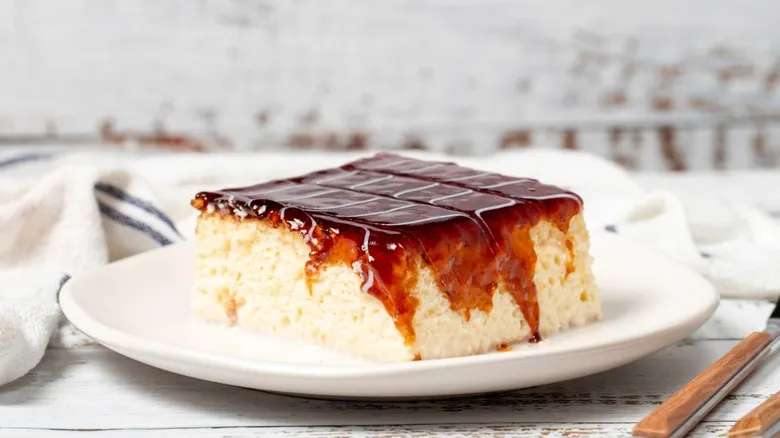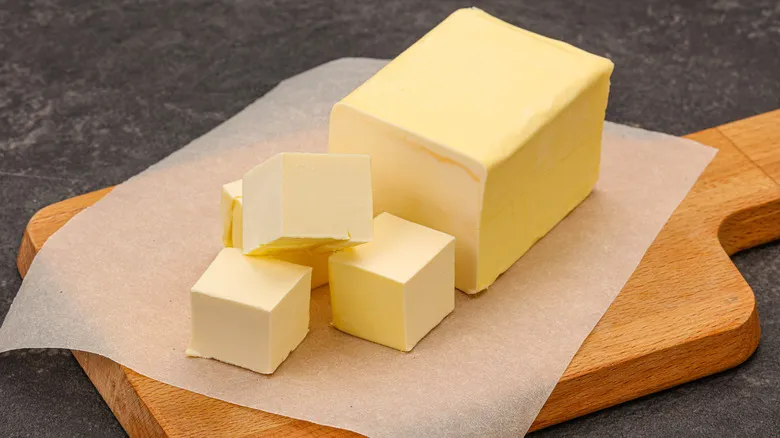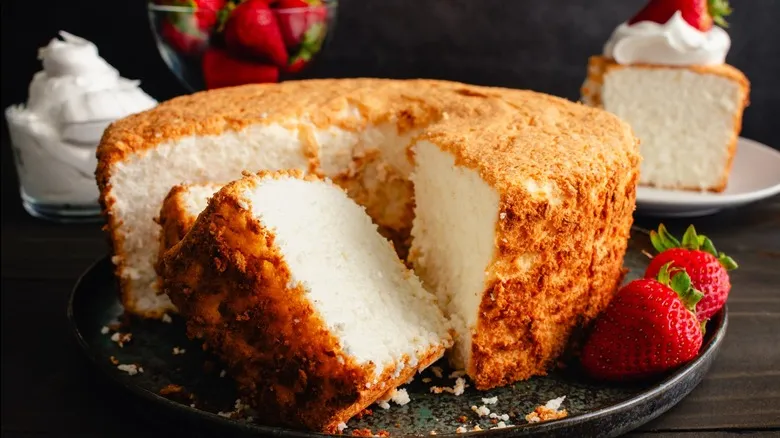So why do we need cake flour?

Certain varieties of cakes benefit significantly from the use of lower-protein flour. "I find that cake flour is perfect for achieving a light, delicate crumb texture, like that of angel food cake or chiffon," explains Gordon. The airy, fluffy quality of chiffon and angel food cakes is created by incorporating air into the eggs. Making a light dessert like angel food cake is much simpler with the addition of cream of tartar, which acts as a stabilizer. Additionally, low-protein flour helps prevent gluten formation during the folding process. While these particularly airy cakes are the most common application for cake flour, it can also enhance the tenderness of various other baked goods, such as cookies.
If you choose to use all-purpose flour that you already have on hand, it shouldn't significantly impact the quality of most cakes, though it may result in a slightly coarser or denser texture. However, if you need a quick substitute for cake flour, it’s quite simple and likely involves ingredients you already possess. For every cup of flour, just replace two tablespoons with cornstarch. (If measuring by weight, remove 15 grams of flour and add 16 grams of cornstarch.)
If you decide to purchase cake flour, Gordon offers one final piece of advice: "I suggest sifting cake flour before use, as it tends to clump together."
Recommended

The Ultimate Dark Liquor That Give Tres Leches Cake A Boozy Kick

How To Make The Most Of Cookie Dough Mix-Ins According To A Pro

The Clever Butter Hack You Need To Try For Flakier Baked Goods

2 Pro Tips For Making Homemade Pizza Taste Like It Came Out Of A Pizza Oven
Next up

